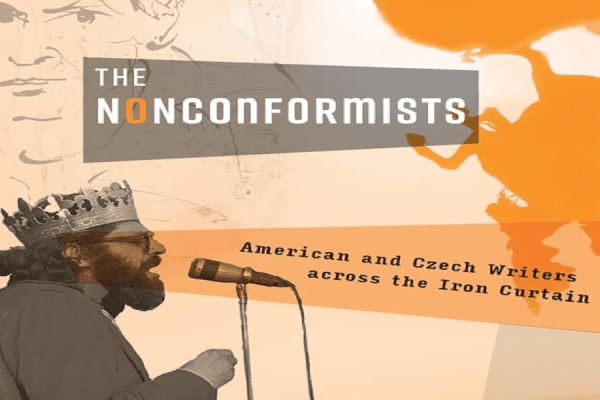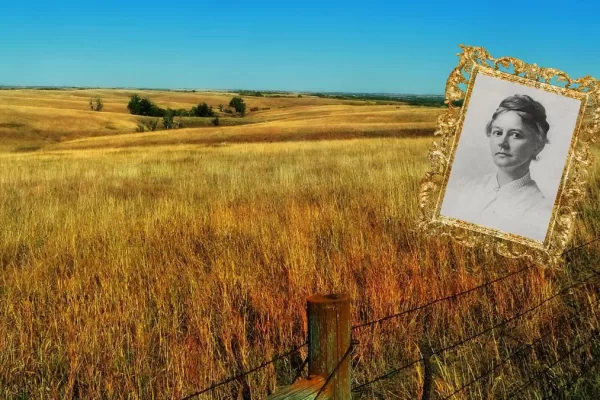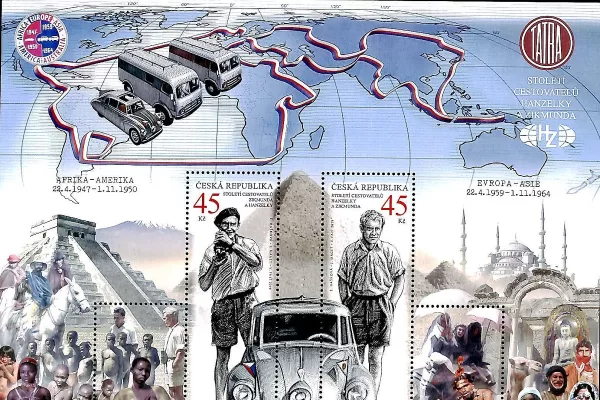Look at what we found today! A rare Japanese First Edition copy of Čapek’s Bookshelf: The Book Design of Josef Čapek. This amazing full color edition features 119 Czech Avant Garde book covers from the 1920s and 1930s.
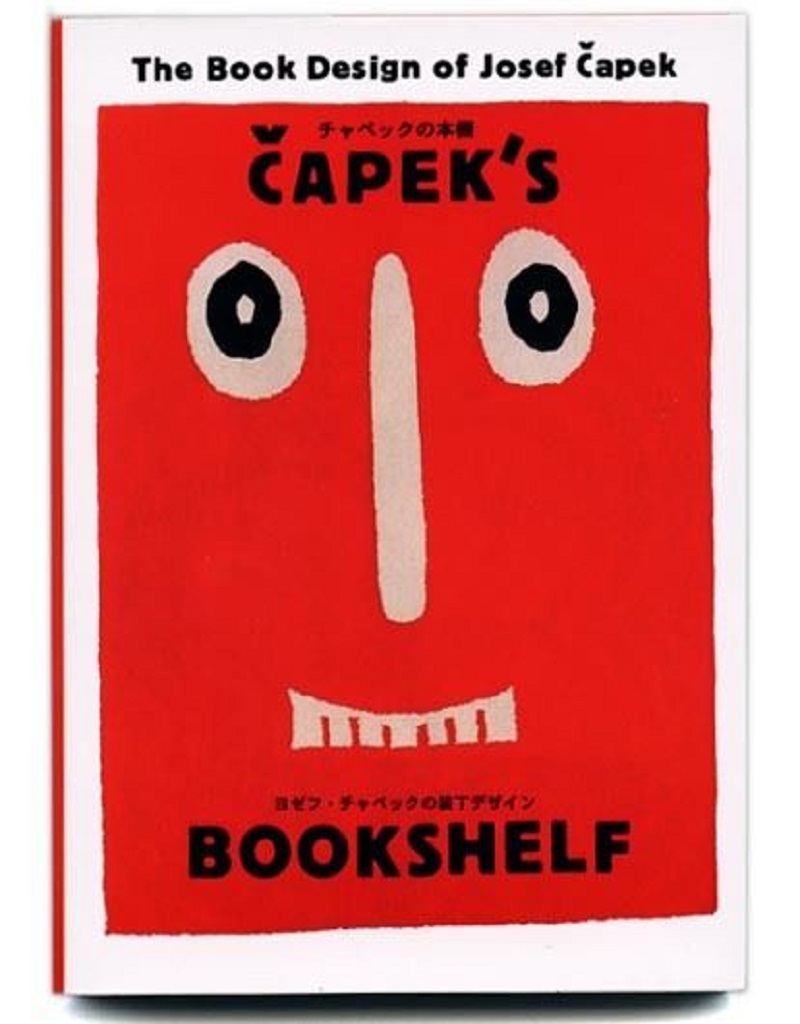 Superb collection of Czech avant garde graphic design from the 1920s and 1930s. Also includes an appreciation and history of Čapek’s works, and an article titled How to Make Book Jackets by Čapek.
Superb collection of Czech avant garde graphic design from the 1920s and 1930s. Also includes an appreciation and history of Čapek’s works, and an article titled How to Make Book Jackets by Čapek.
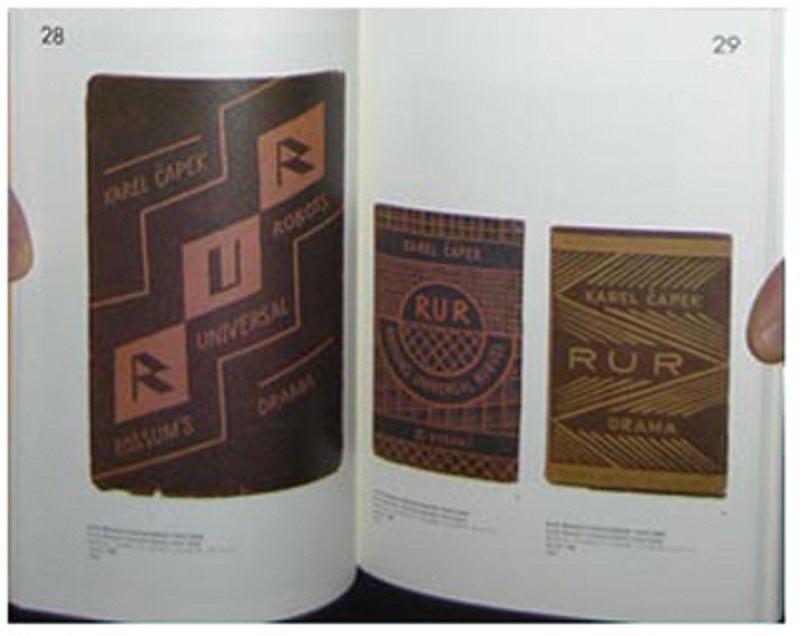
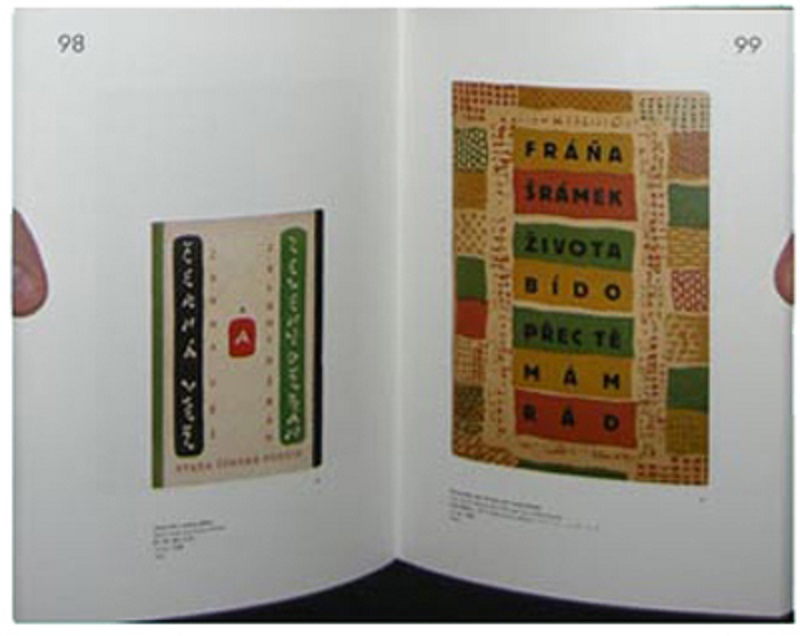 The following text is from Looking at the Future by Looking at the Past: Study of the Czech Avant-Garde and the Works of Josef Čapek by Dana Bartelt:
The following text is from Looking at the Future by Looking at the Past: Study of the Czech Avant-Garde and the Works of Josef Čapek by Dana Bartelt:
“The Czech Avant-garde movement of the 1920’s and 1930’s had a profound influence on design around the world; it included Cubist, Functionalist (Bauhaus) and Russian Constructivist styles. But one of the unique contributors to book design during this period was Josef Čapek, Czech artist, who designed over 500 books during the 1920’s through 30’s in Czechoslovakia.
His distinctive designs are sought after by collectors around the world, and speak a timeless visual language because it cannot be categorized by any artistic trend.
“The unique book design of Čapek, who was predominantly a cubist artist, relies on the content of the book for inspiration.”
In an article by Čapek, he explains how to make book jackets: “. . . in my country . . . the book market is always full of books — some that are not so successful and some by famous people, so new publishers must work extremely hard to attract attention. This realization turned me from my love of standardization to a conviction that each and every book should be given a unique style, a special, individual appeal. If you look at the windows of bookshops in my country, you’ll see books shouting, jumping over each other, assailing each other. In the fight for attention, every new book struggles to kick aside the books that came out the week before. In other words, this is a game in which you have to attack with powerful visual justification.”
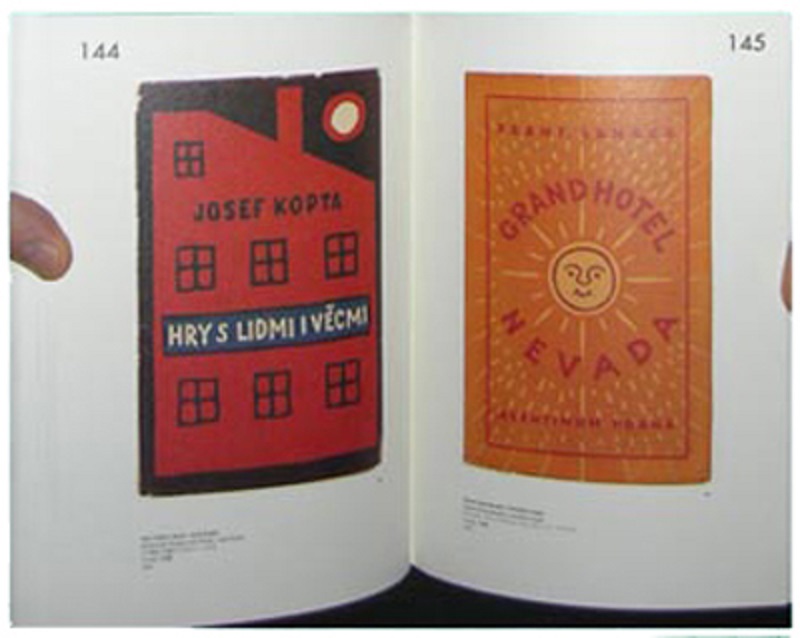
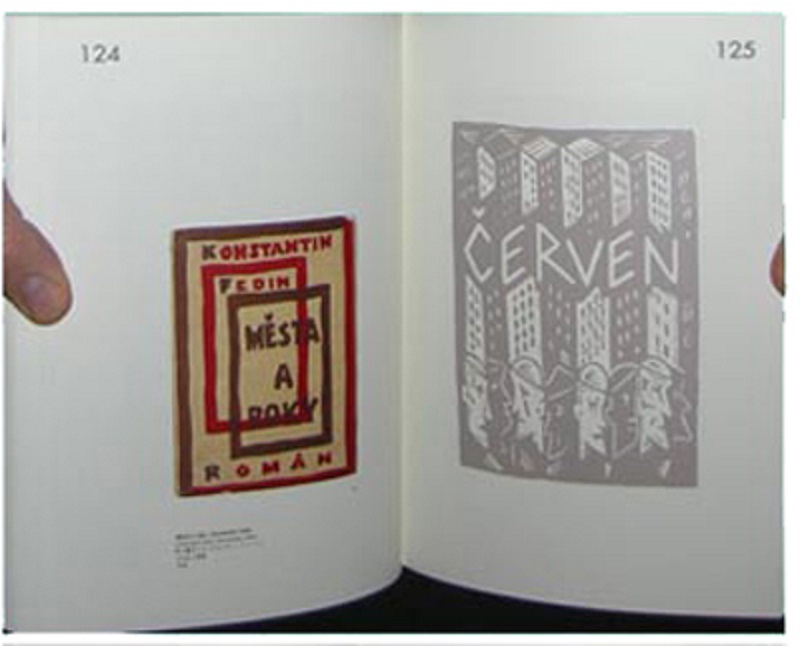 Čapek was a writer and painter, as well as designing book covers. His designs reflect his literary or ‘poetic’ approach to his designs. Because most of these books had relatively large runs and needed to be produced inexpensively, he chose to create the designs using the technique of linoleum cuts.”
Čapek was a writer and painter, as well as designing book covers. His designs reflect his literary or ‘poetic’ approach to his designs. Because most of these books had relatively large runs and needed to be produced inexpensively, he chose to create the designs using the technique of linoleum cuts.”
Josef Čapek (1887–1945) was a Czech painter, graphic artist, stage designer, and writer, born at Hronov in Bohemia, the son of a doctor. His career was many-sided, but he regarded himself primarily as a painter. Like Filla and Gutfreund, he was one of the earliest artists outside France to work in a Cubist idiom, and with them he was one of the founders of the Group of Plastic Artists, established in Prague in 1911 with the object of combining Cubism and German Expressionism into a new national style. Later the Expressionist current in his work prevailed, revealing his deep concern with fundamental moral and social questions (Bad Conscience, Moravian Gallery, Brno, 1926).
His humanist outlook was shared by his more famous younger brother, the writer Karel Čapek, several of whose books he illustrated. Both of them fervently opposed the threat from Nazi Germany in the 1930s; Karel died the year before the outbreak of the Second World War, but Josef lived to see its full horrors and died in Belsen concentration camp.
His work as a writer included poetry, a novel, and plays written in collaboration with Karel, most notably The Insect Play (1920), a comic fantasy satirizing greed and selfishness.
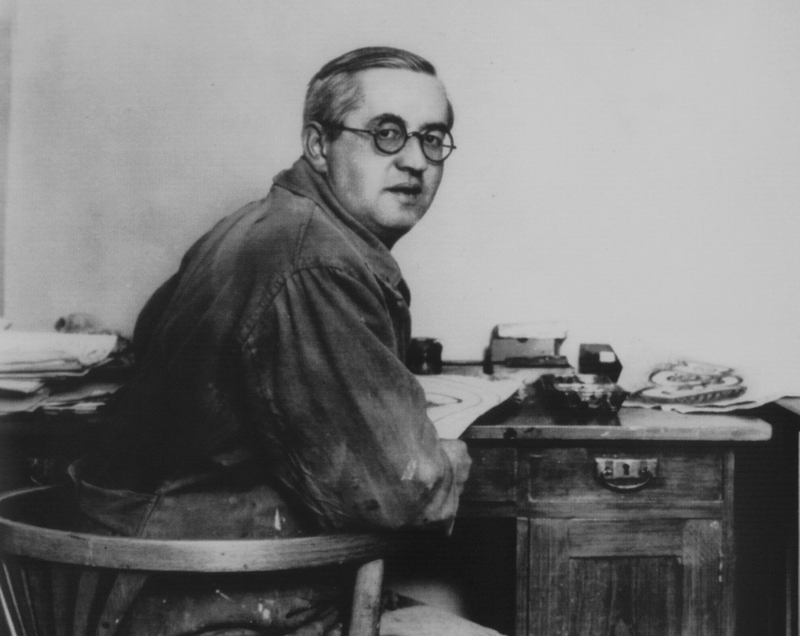 If you can, try to take a look at the complete Čapek’s Bookshelf: The Book Design of Josef Čapek by Eiichi Chino and Josef Čapek. Printed in Tokyo by PIE Books in 2003. First edition with text in both English and Japanese. Decorated glossy wrappers. Printed dust jacket over a softcover book with 240 pages and 119 full-page color plates reproducing book covers designed by Čapek from 1920 to posthumous work.
If you can, try to take a look at the complete Čapek’s Bookshelf: The Book Design of Josef Čapek by Eiichi Chino and Josef Čapek. Printed in Tokyo by PIE Books in 2003. First edition with text in both English and Japanese. Decorated glossy wrappers. Printed dust jacket over a softcover book with 240 pages and 119 full-page color plates reproducing book covers designed by Čapek from 1920 to posthumous work.
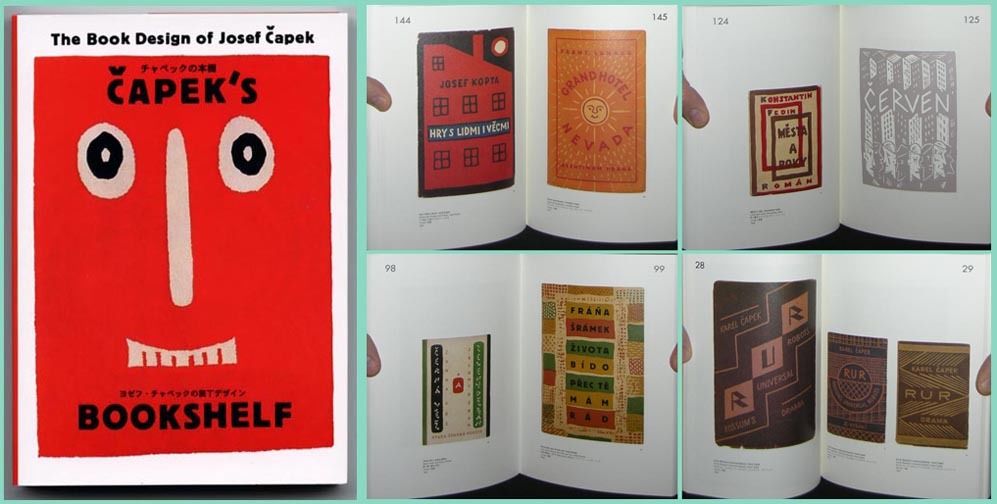 A wonderful find!
A wonderful find!
If you have not already subscribed to get TresBohemes.com delivered to your inbox, please use the form below now so you never miss another post.
Remember, we rely solely on your donations to keep the project going.
Become a friend and get our lovely Czech postcard pack.


